Market Analysis
In-depth Analysis of Keloid Treatment Market Industry Landscape
The Keloid Treatment Market has dynamic evolving market dynamics that are influenced by various factors shaping its landscapes, including keloids, which are raised scars resulting from excessive tissue growth during the healing process. The prevalence in the population varies demographically, leading to varying demands for keloid treatment solutions. For instance, certain ethnicities, especially those with darker skin tones, have higher chances of developing keloids than others. Technological innovations play a significant role in shaping the keloid treatment market. The use of modern techniques in treatments like laser therapy cryotherapy, amongst other emerging biotechnologies, has helped come up with better solutions that don't involve surgical incisions while minimizing their effectiveness at the same time. These developments, in turn, improve the effectiveness of keloid treatments and drive competition as companies invest in research to develop new therapies. Regulatory considerations and approval processes drive the keloid treatment segment's market dynamics. Strict regulations imposed by health authorities influence the development, approval, and commercialization of keloid treatment options. Additionally, the overall healthcare environment has become dynamic due to a shift towards patient-centric care and personalized medicine, which has made the keloid treatment market dynamic. This is because patients want treatments that are effective aside from being tailor-made for them. As a result, pharmaceutical and biotechnology companies have engaged themselves in research aimed at developing personalized and targeted keloid treatment options, as can be seen from this trend. The market for keloid treatment is highly competitive. Companies in this market differentiate their products based on such things as how well the treatments work, the side effect profiles, and patients' health outcomes. Firms use a number of strategies to help them strengthen their positions, expand their product portfolios, and take advantage of new opportunities, including strategic collaborations, partnerships, and mergers and acquisitions. Economic factors also influence keloid treatment market dynamics. The availability of keloid treatment access is influenced by spending on healthcare, coverage, and affordability of care, which differ between regions and economies. For instance, organizations often have different sets of strategies to tackle varied economic challenges or healthcare systems peculiar to each country.


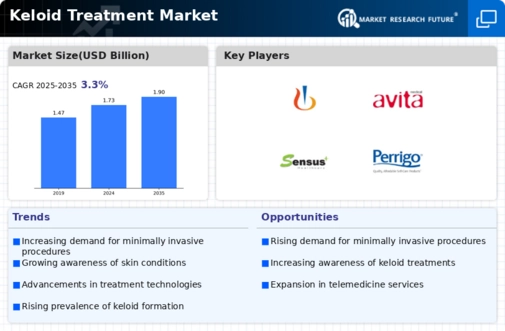
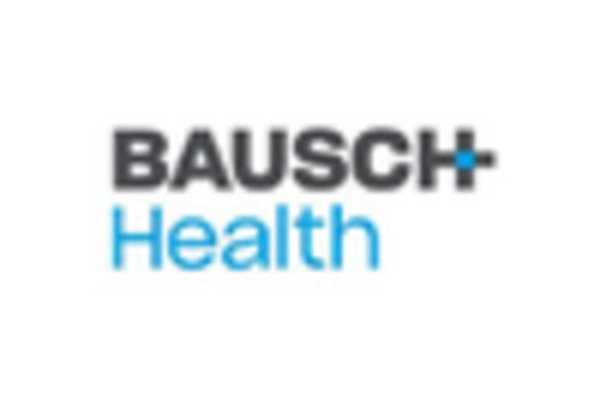
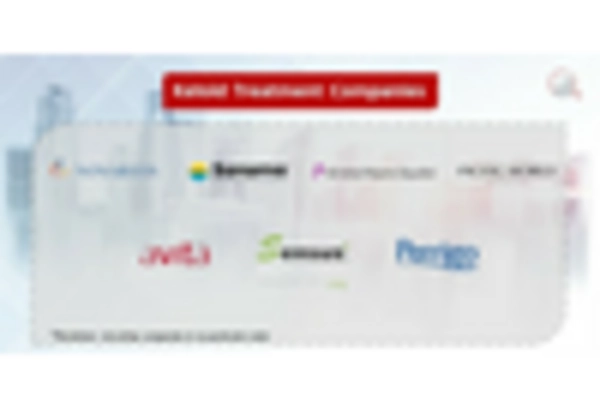
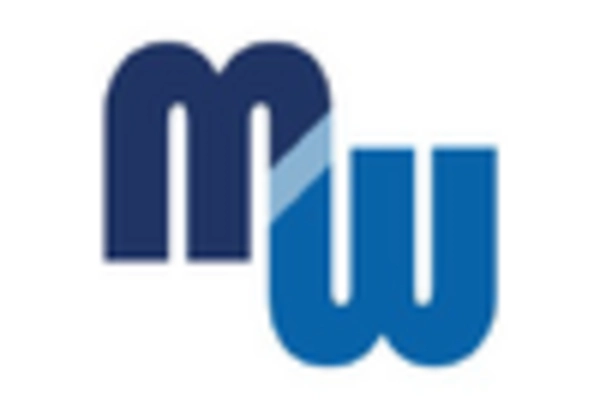
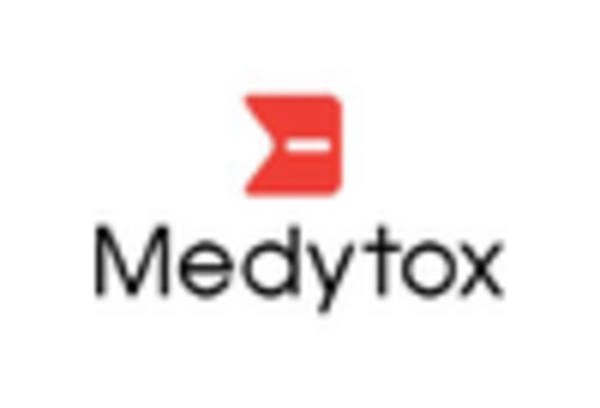
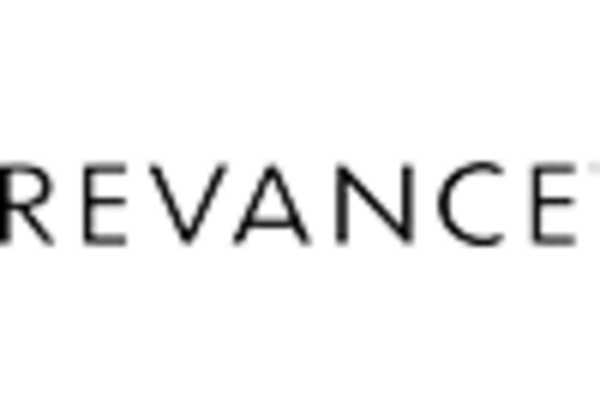
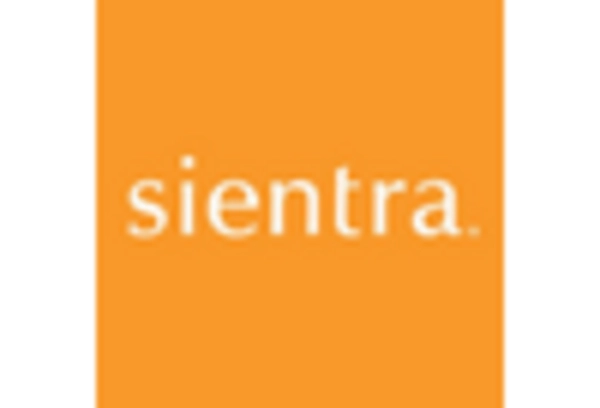









Leave a Comment